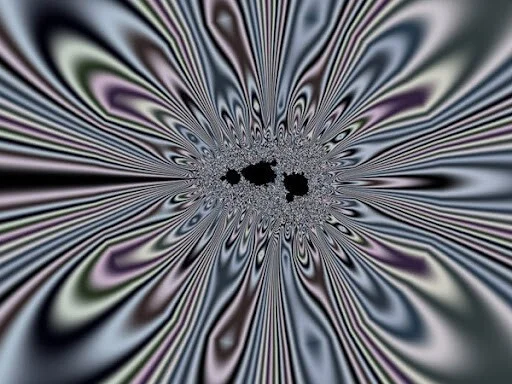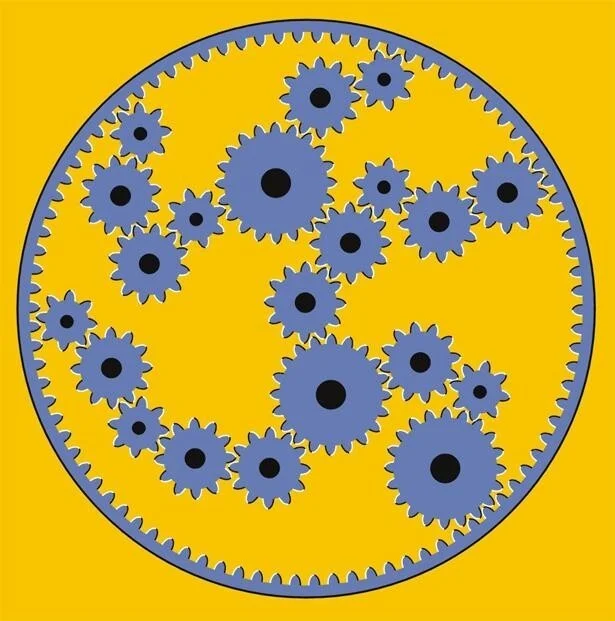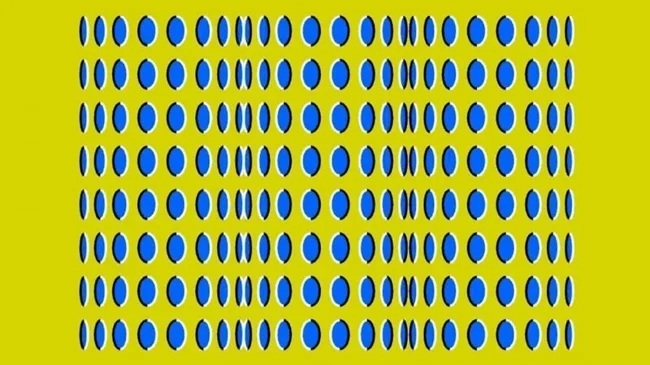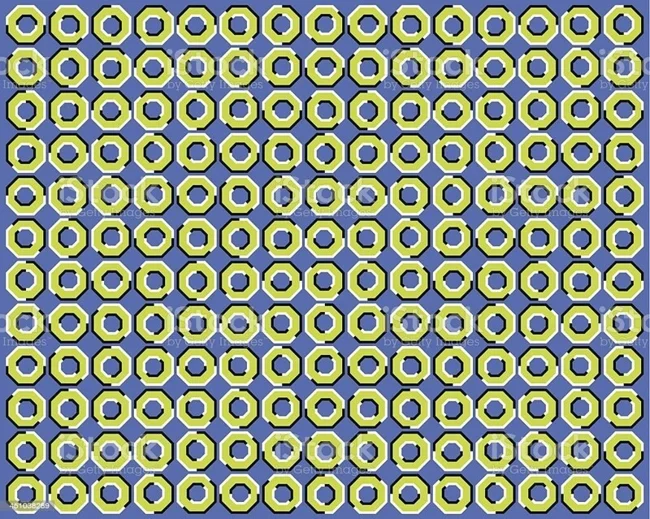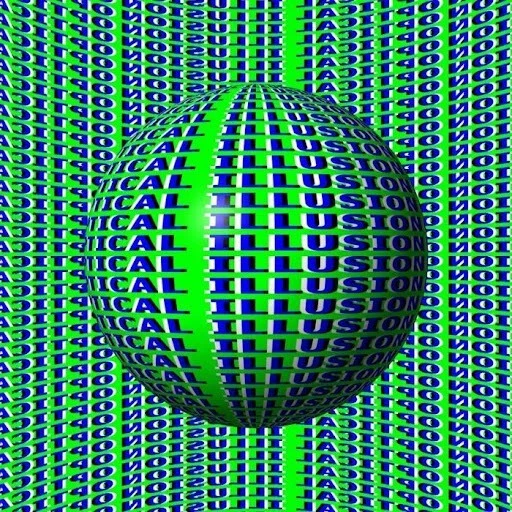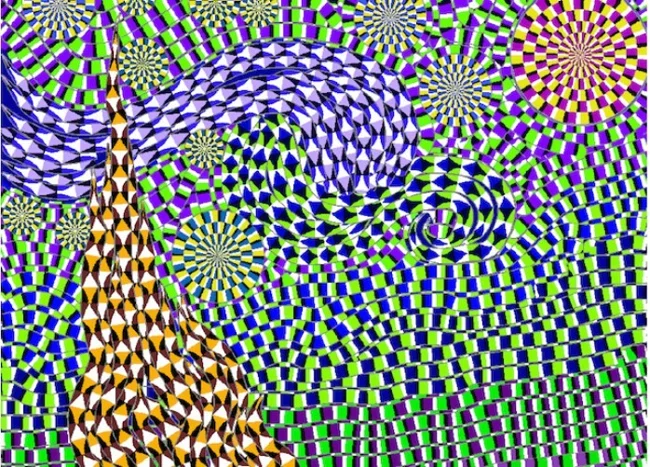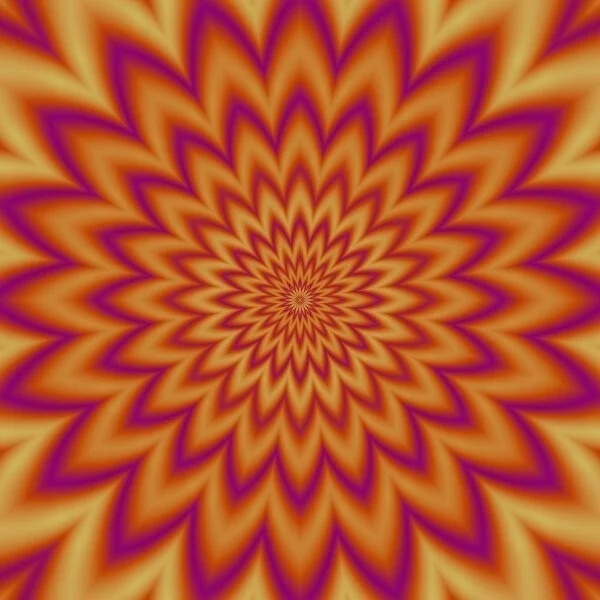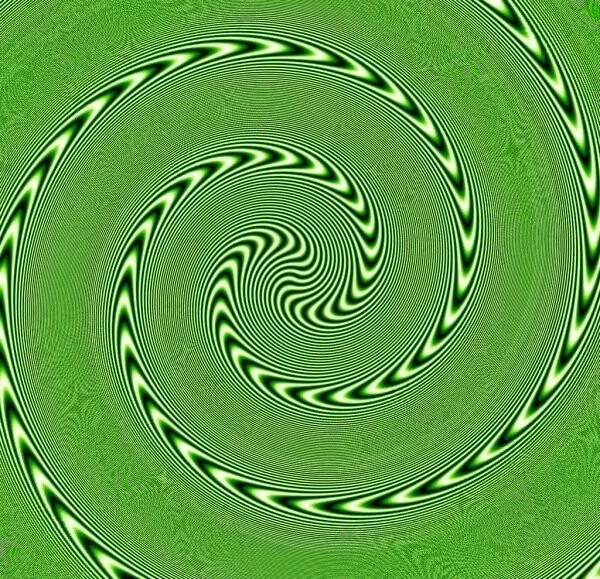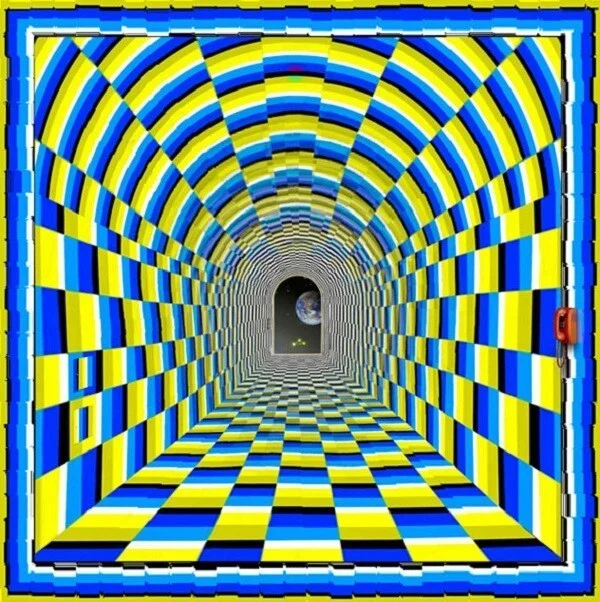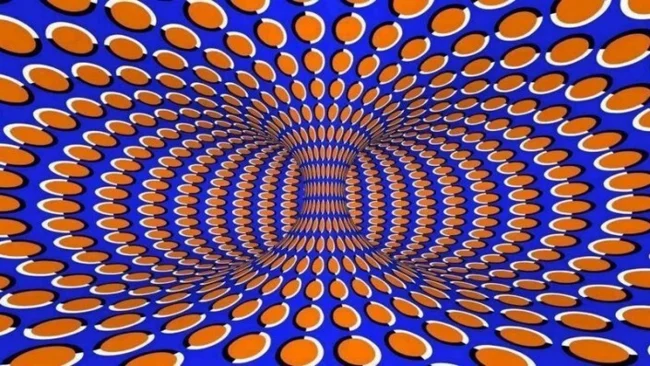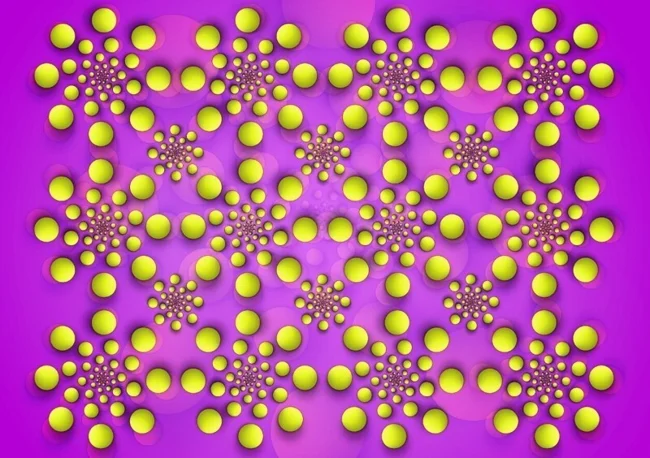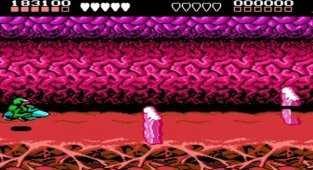Do your pictures move? (22 photos)
It turns out that the eyes perceive only a small fragment of the visual field in detail. And to expand this surface, the brain forces vision to automatically move the eyes across this field. 

By the way, this is not a gif, but an absolutely static picture. All you have to do is place the mouse cursor in some part of the picture that you think is moving and the movement will stop.
And other similar static pictures that can move in the eyes of some... 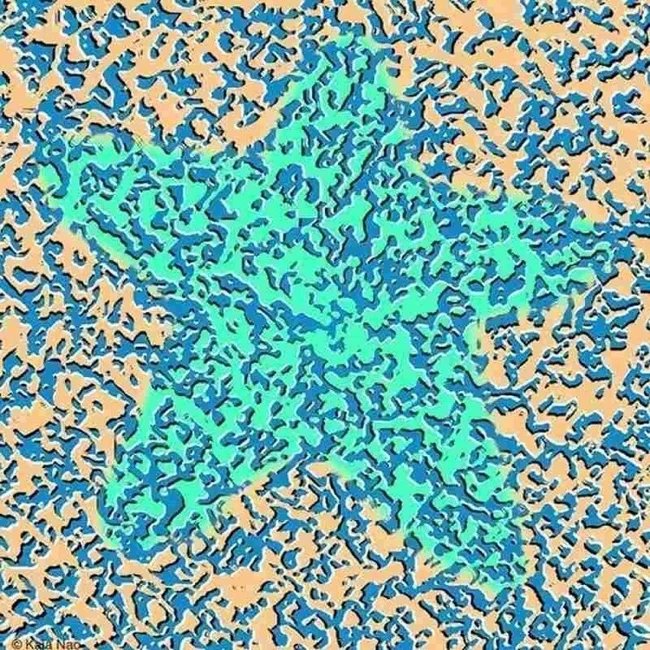
Artist Kaia Nao. Participant in the competition “Illusion of the Year 2012”. An absolutely static image of a star that appears to be rotating. 
The illusion was created by amateur photographer Robert Bruce Murray III. The inscription confidently floats onto the observer. 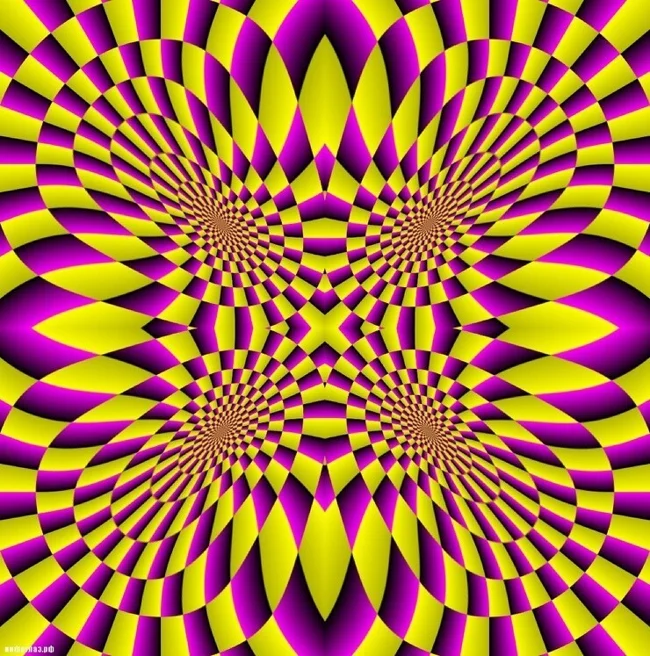
Although some people do not see any movement here at all. 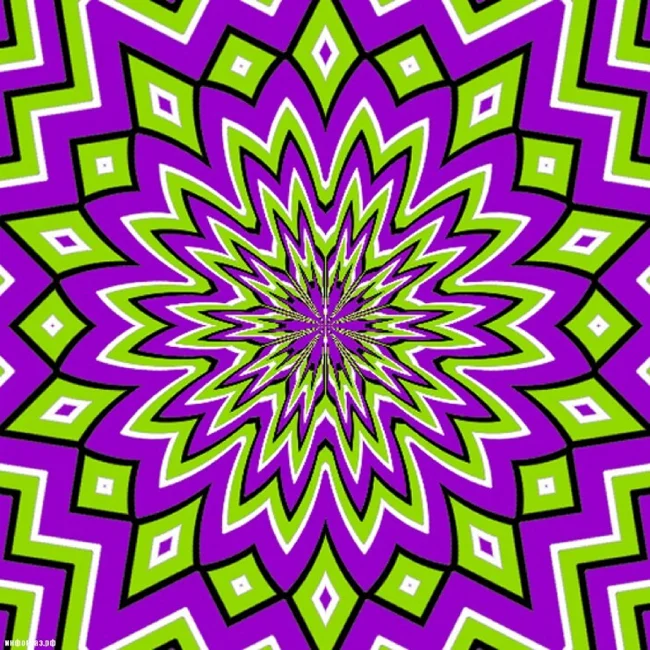


It is clear that these illusions are exploited:
1) saccades - spasmodic eye movements:
2) a neural network that detects signs of movement
- statically - by specific shadows and blurs
- dynamically - when the picture changes (and it changes due to saccades, - color fatigue and retinal inertia)
3) different perceptions in the central zone (where the eye is looking right now - there the resolution is high) and in the peripheral zone (where the brain is forced to extrapolate, relying on weak signs, for example, motion blur)
The pictures are made in such a way that:
1) the eye has nothing to grab onto, so saccades are more frequent
2) the geometry is selected so as to direct saccades along the desired trajectory (for example, in a circle)
3) contrasting colors and a more or less regular grid - the inertia of the retina will force the picture to play, creating blur there
If you stop your eyes and take in the entire picture, the movement instantly disappears. That is, we neutralized both saccades and extrapolation at a fairly high level.
If you just stop your eyes, you will see movement on the periphery. That is, the primitive layer of the neural network, responsible for detecting movement, sends signals, and the distant one, responsible for comprehension, does not receive refutations.
If you force your eyes to move much faster than reflex saccades, the movement crumbles and also just fades away. This is due to the fact that, firstly, retinal fatigue disappears, and secondly, the entire picture manages to be in the central field of vision, and the far layer of the neural network has much more refutations.
If you defocus your eyes - blur your gaze - then the movement disappears. Because blurring turns out to be stronger than fictitious motion blur at the boundaries of contrasting areas of the picture. No blur - no sign of movement. No sign of movement - no attraction of attention - no saccades, by the way.
Also, if the picture is reduced to a size that completely falls into the central field of view, the movement will also disappear. 
